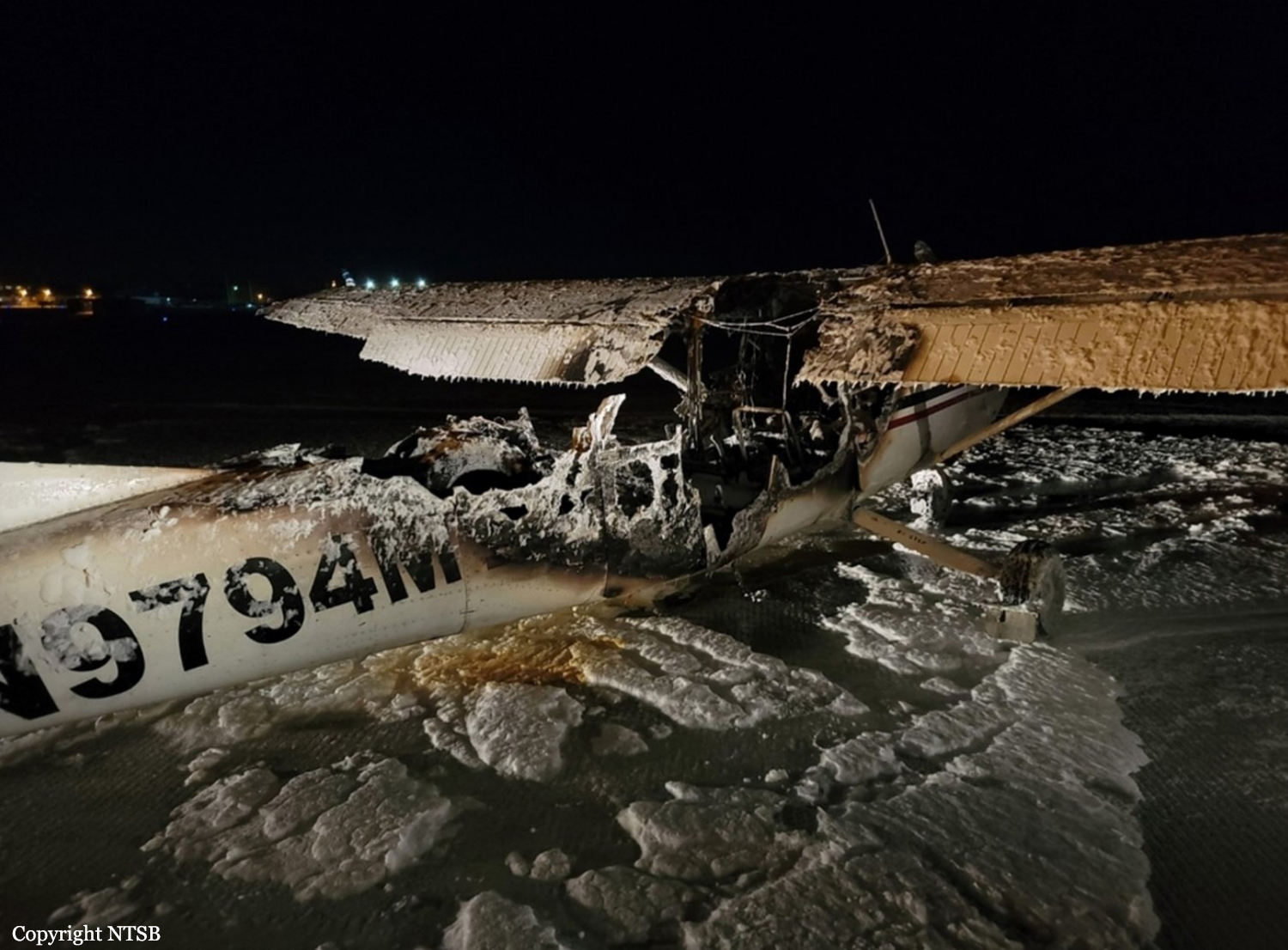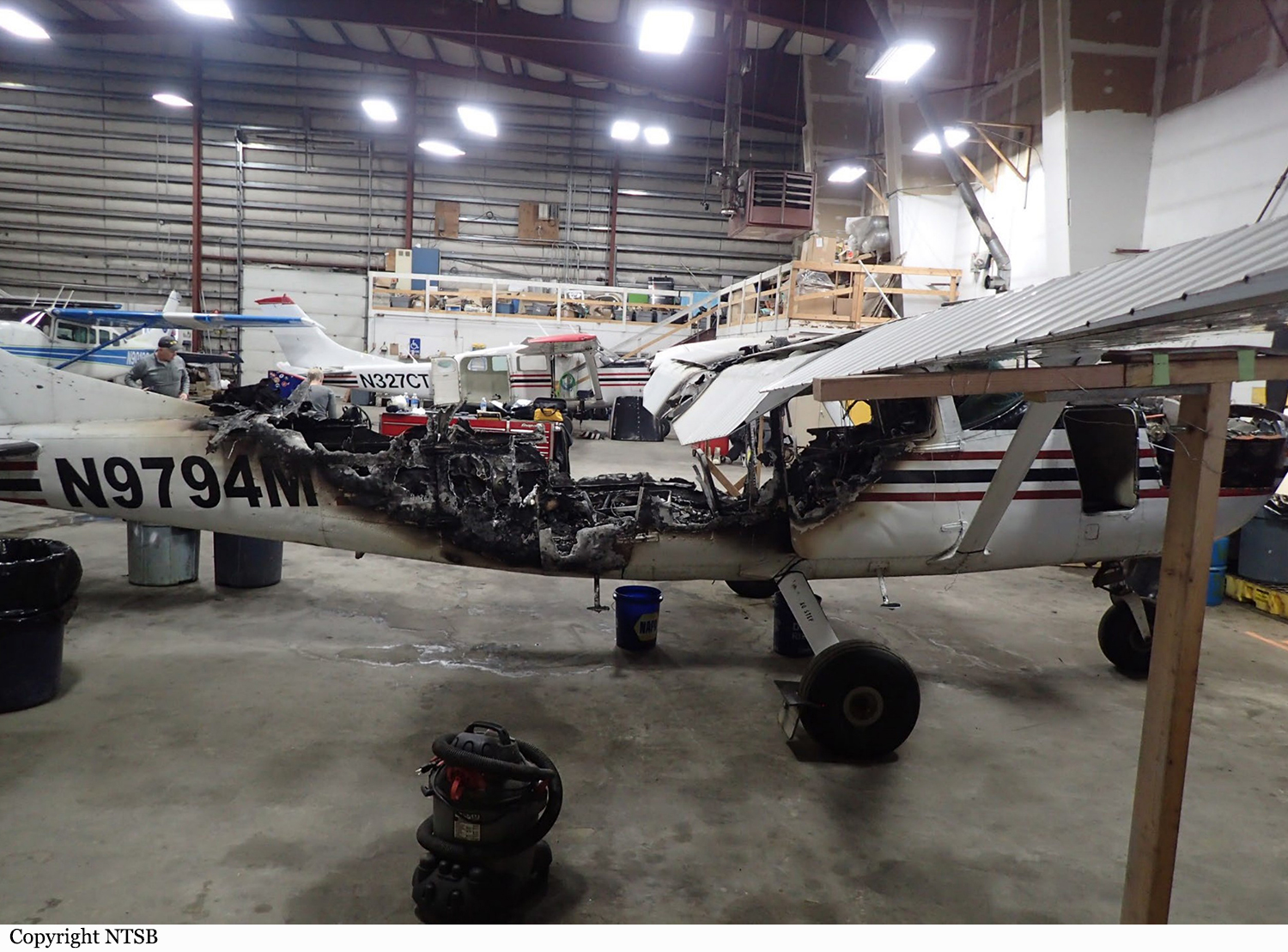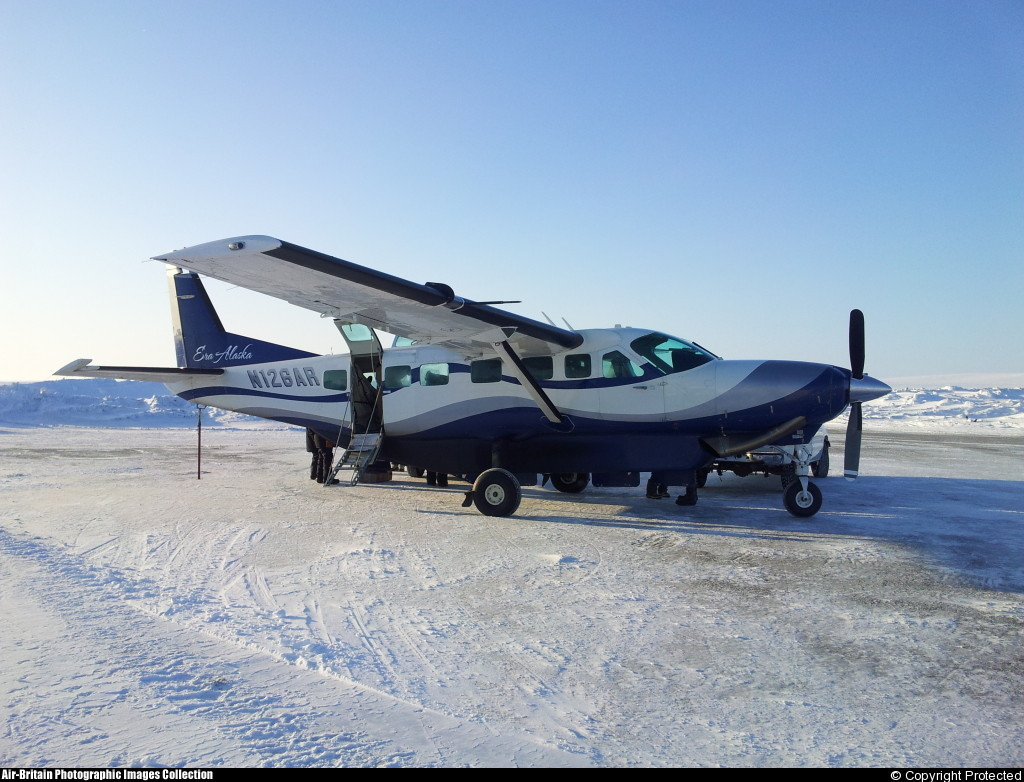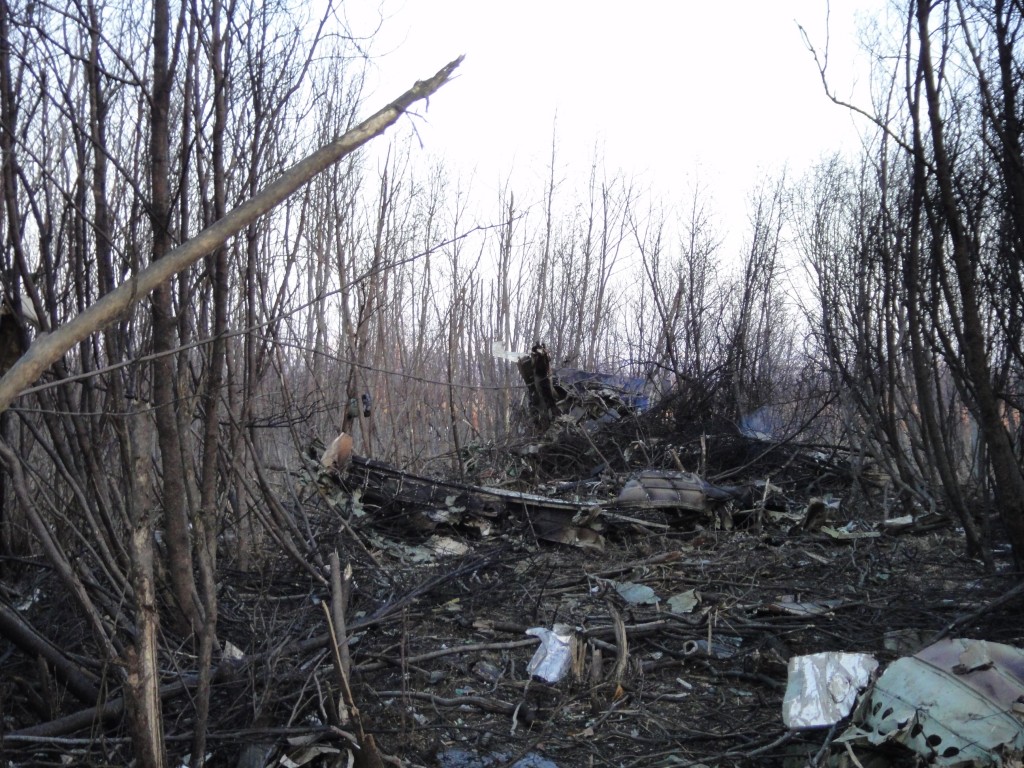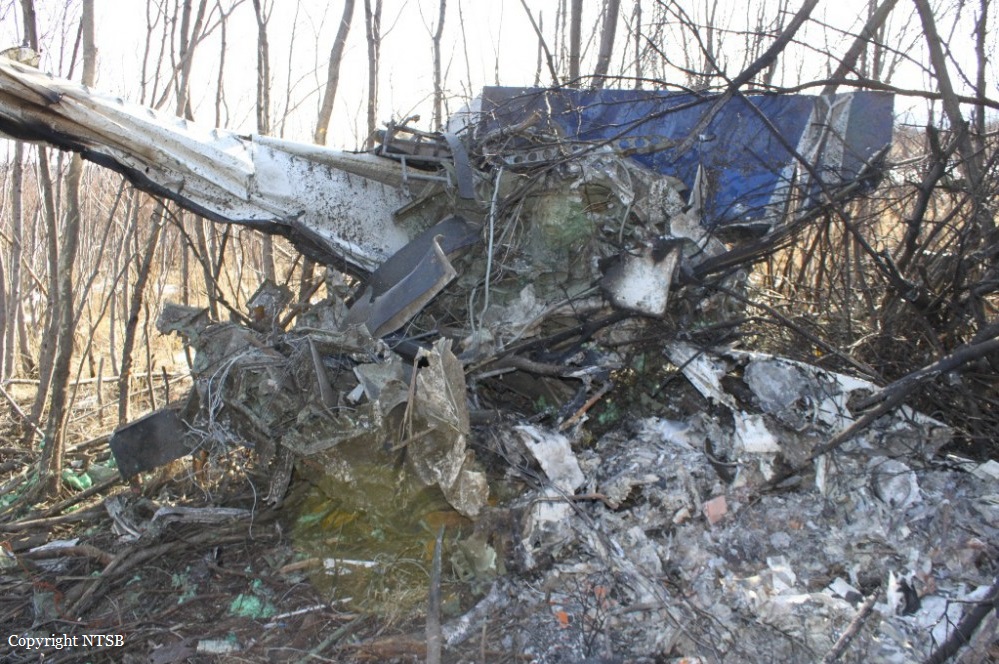Crash of a Cessna 207 Stationair 8 in Bethel
Date & Time:
Nov 20, 2021 at 1755 LT
Registration:
N9794M
Survivors:
Yes
Schedule:
Bethel – Kwethluk
MSN:
207-0730
YOM:
1981
Crew on board:
1
Crew fatalities:
Pax on board:
5
Pax fatalities:
Other fatalities:
Total fatalities:
0
Captain / Total hours on type:
659.00
Aircraft flight hours:
15727
Circumstances:
The pilot was conducting a scheduled air taxi flight with five passengers onboard. Shortly after departure, the pilot began to smell an electrical burn odor, and he elected to return to the airport. About 1 minute later, the electrical burn smell intensified, which was followed by visible smoke in the cockpit, and the pilot declared an emergency to the tower. After landing and all the passengers had safely departed the airplane, heavy smoke filled the cockpit and passenger compartment, and the pilot saw a candle-like flame just behind the pilot and co-pilot seats, just beneath the floorboards of the airplane. Moments later, the airplane was engulfed in flames. Postaccident examination of the airframe revealed the origin of the fire to be centered behind the pilot’s row of seats, where a wire harness was found improperly installed on top of the aft fuel line from the left tank. Examination of the wire harness found a range of thermal and electrical damage consistent with chafing from the fuel line. It is likely that the installation of the wire harness permitted contact with the fuel line, which resulted in chafing, arcing, and the subsequent fire.
Probable cause:
The improper installation of an avionics wire harness over a fuel line, which resulted in chafing of the wire harness, arcing, and a subsequent fire.
Final Report:
